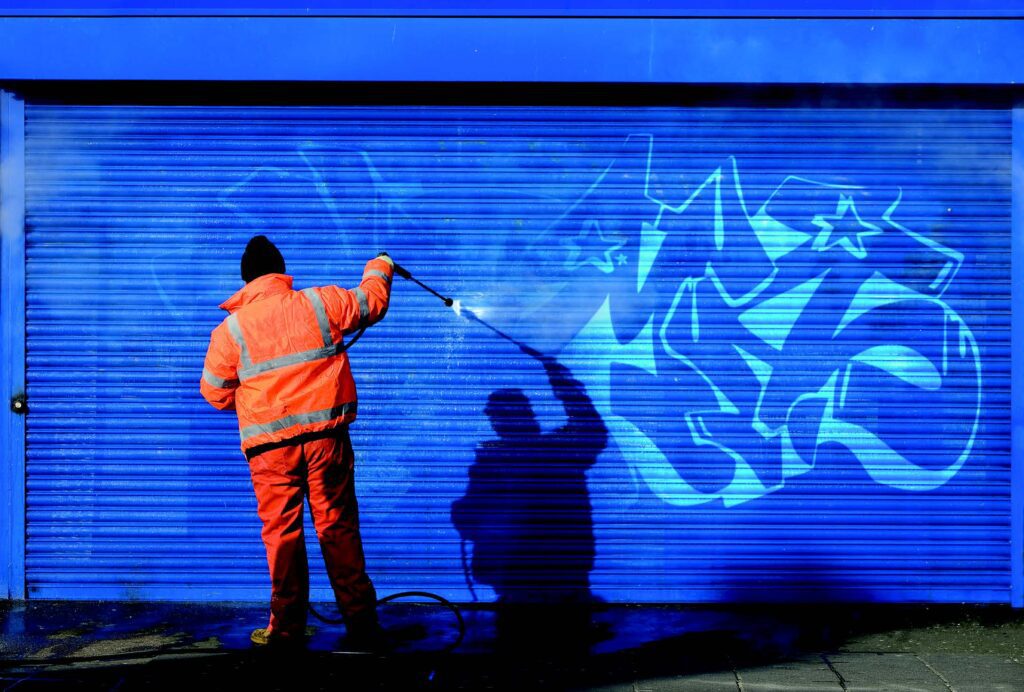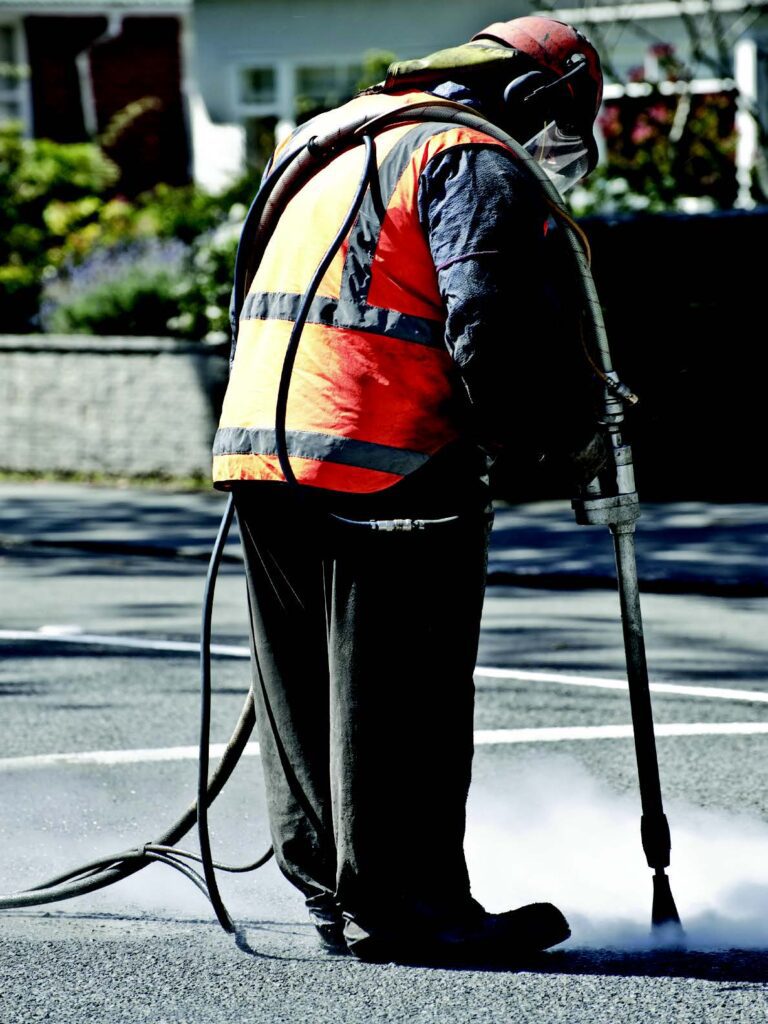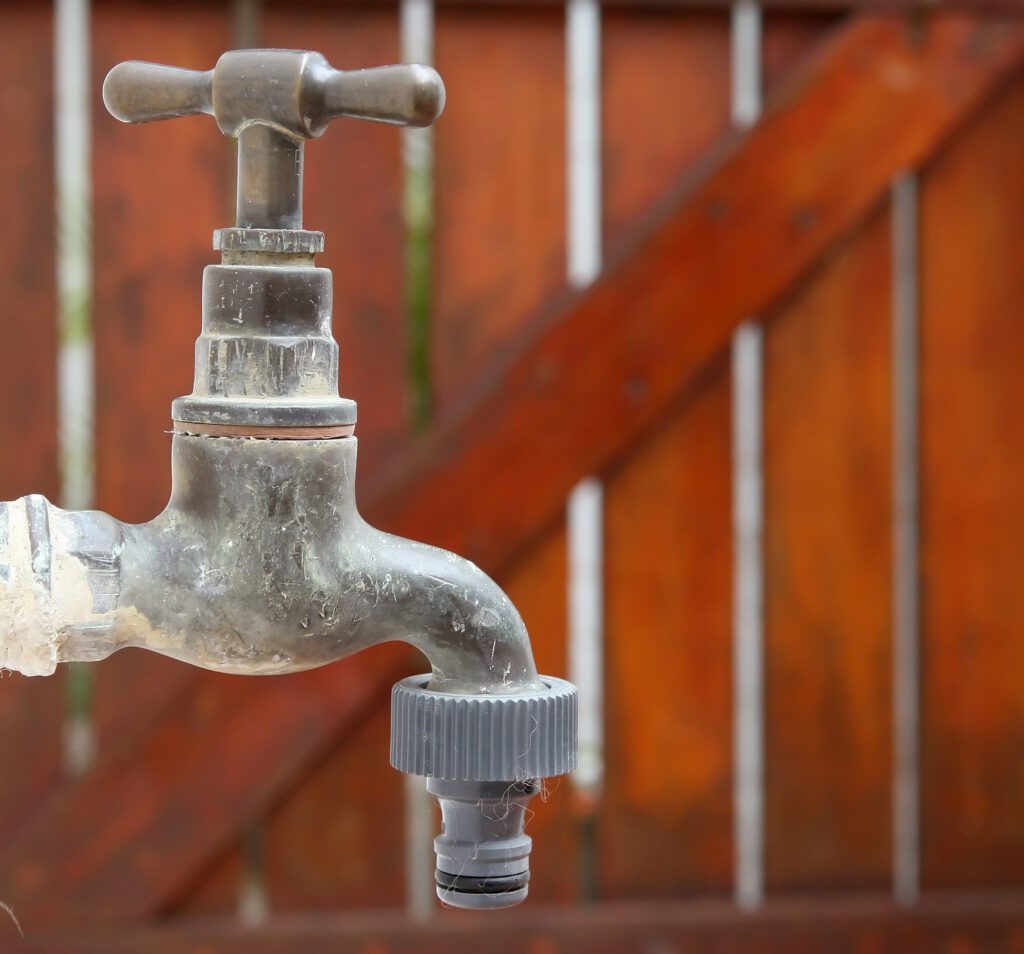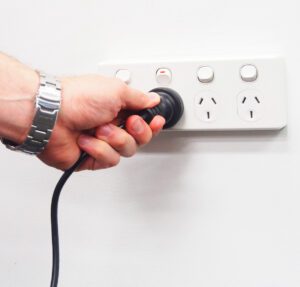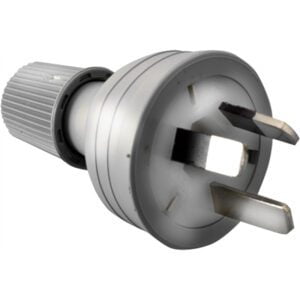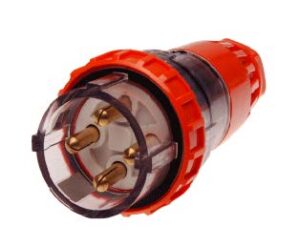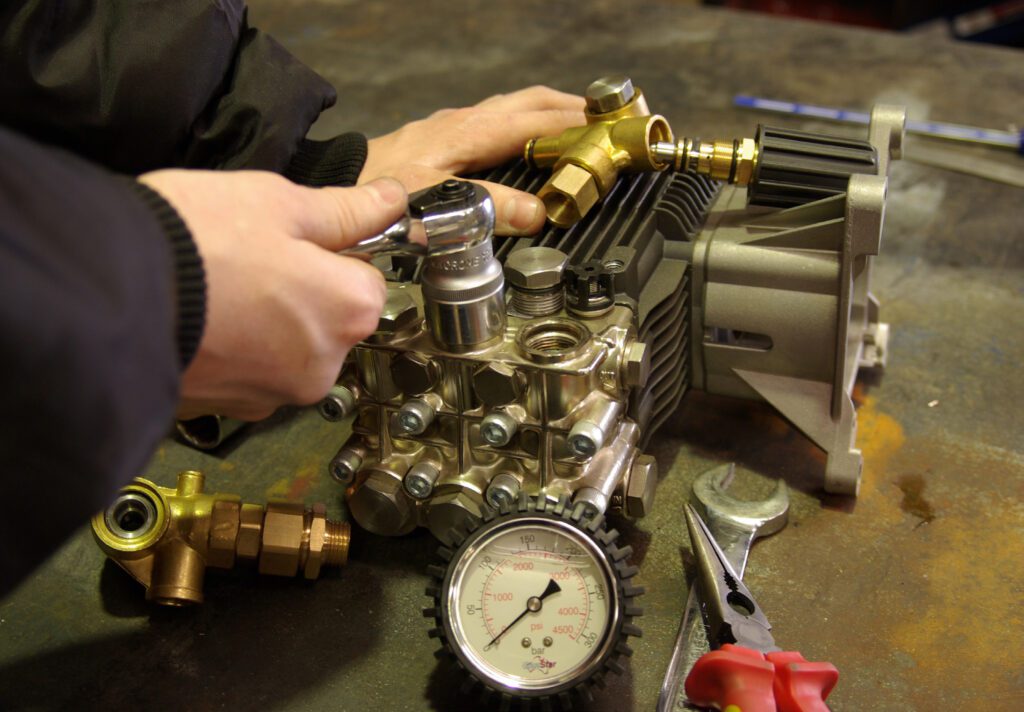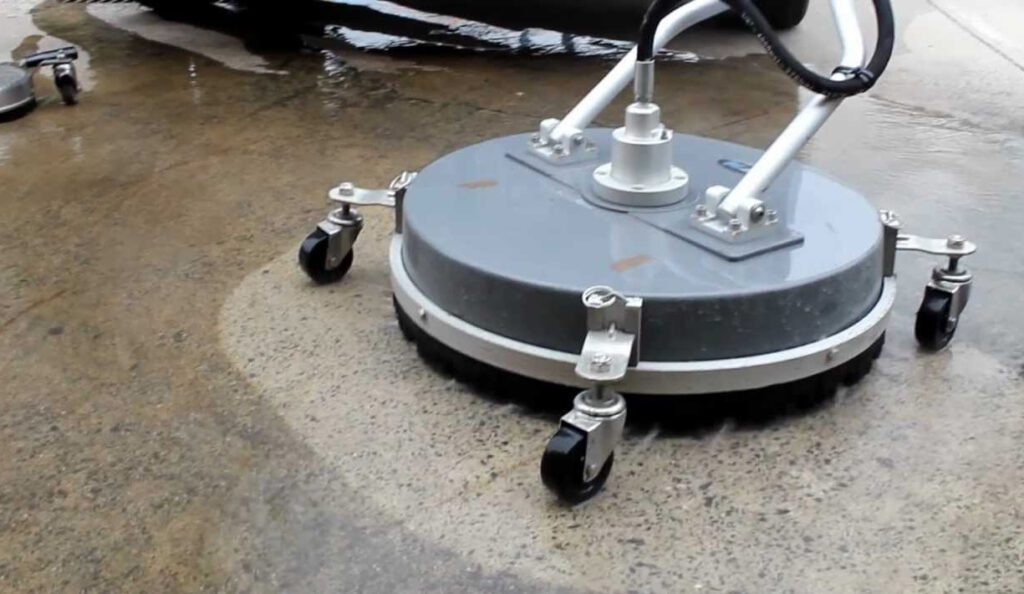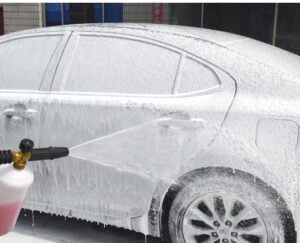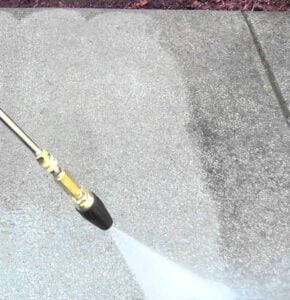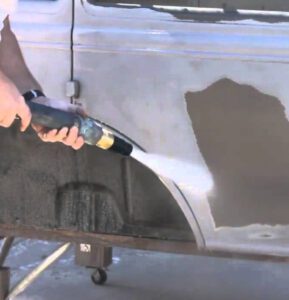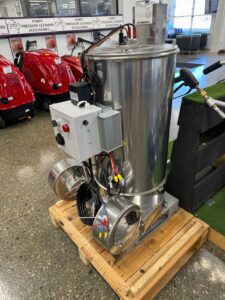1. What You Are Cleaning Will Determine If You Need Hot Or Cold Water
To determine what unit will work best for you, you must first consider what you will be cleaning.
Cold water pressure cleaners work by blasting away dirt and grime with pressurised water. As a rule of thumb, the higher the Flow/LPM of the unit, the faster it will finish the job.
Using cold water to remove oil and grease may not yield the best results, with substances such as these hardening on contact with the cold. In these instances, a hot water pressure cleaner would be the solution as it will be able to cut through viscous substances and ensure the removal of build-ups such as heavy grease, chewing gum and caked on mud, particularly when used in conjunction with cleaning detergents.
If you are unsure what unit you will work best for you, the expert staff at Pumps Australia will happily discuss your cleaning requirements and recommend an appropriate unit to meet your specific needs from Light Industry, to Mining, Oil & Gas and Transport
Choosing a unit that will offer you the ideal pressure for your application is extremely important. Using a pressure that is too high for your required job can result in damage to property and can pose a safety hazard. Using a pressure that to too low will cause poor results and waste both time and money.
From a safety aspect it is important to be aware of the Class of the unit you are operating, as operators of Class A and Class B units require specific traning in order to be compliant and meet AS/NZS Standards.
Rule of Thumb: Multiply the pump’s maximum flow in litres per minute by the maximum pressure in bar.
Example: CleanPro is 10LPM and produces 120Bar, thus making it a 1200 bar litres. Class A.
Class A system is a high pressure water system producing a maximum energy, between 800 bar litres per minute and 5600 bar litres per minute.
Class B system is a high pressure water jetting system exceeding 5600 bar litres per minute.
If you are operating a Class A or Class B unit, Pumps Australia are able to assist you in organising HPWJ traning for yourself with a certified Registered Traning Organisation (RTO).
To ensure you select a machine with the appropriate pressure and flow combination, you can consult an expert team member at Pumps Australia who will assist you in selecting the ideal unit for your needs.
3. Consider Your Water Source
Pressure Cleaners require a good steady flow of clean water. The reasons why pressure cleaners will fail is poor water source, dirty water (which includes debris in the water). To elimate this, it’s important to know your water source! Is it coming from a tank? house mains? But how do you know your flow? Well there’s a simple test.
Rule of Thumb: 2x Flow going into the machines than output. For example, the Clean Pro is a 10LPM Pressure cleaner. Therefor, 2x 10LPM = 20LPM is recommended
To determine the flow of your unit, you can follow this simple bucket test:
- Remove and tap hardware from the tap, and turn on fully.
- Place a bucket or a container of a known volume under the tap.
- Using a stopwatch, time how long it takes to fill the bucket to the point of overflow.
- Calculate your available flow in the following way: Divide 60 seconds by the time it took to fill the bucket. Then multiply that figure by the number of litres in your bucket or container.
Example: for a 10-litre bucket that took 15 seconds to fill, the equation would be: (60/15) x10 = 40 LPM.
This Flow would be ideal for any pressure cleaners with 30LPM Flow or below.
4. Consider Your Power Source & Cords
It is important to ensure that you have the appropriate power source and equipment to drive your unit. Drops in voltage and amperage can increase and cause significant damage to electrically powered pressure cleaners.
Check to see that your power equipment and cords can handle the amperage of your unit. If you are running your unit on a generator, ensure that the generator has the require kVA.
Rule of thumb: When considering power source is 3 kVA required per HP.
Example:
Clean Pro is a 2.2kW Pressure cleaner
Power(hp) = 2.2kW / 0.745699872 = 2.95 Horse Power.
2.95HP would require 9kVA Genset to Run it. It’s also important to know what voltage you have available. Single Phase (commonly known as 240 volt) or Three Phase (commonly known as 415 volt) are two of the most popular voltages within Australia. Knowing your voltage can help select your pressure cleaner before even knowing your required flow and pressure.
Know your plugs
Pressure Cleaners are pieces of machinery with water moving through them at an intense pressure and often operate in challenging environments.
In addition to regular oil changes, heating coils in your unit may require descaling while pump seals, packing and check valves will eventually need to be replaced from wear. Wearing of parts on your unit (such as the trigger and nozzles) can become a safety hazard if not addressed promptly.
How often your unit requires servicing correlates with how regularly it is used. If your machine is used frequently, Pumps Australia recommends 2-3 minor services per year with Oils to be changed every 50-100 hours (depending on your operating hours of the machine).
Pumps Australia offers service exchange pressure washer program to ensure that your business is always operating always. On-site servicing or repairs can be arranged depending on your needs.
Optional features and accessories can be added to your pressure cleaner at a minimal price but can have a significant improvement on your cleaner.
– The addition of a turbo nozzle will reduce cleaning time by blasting away stubborn grime and build-up. This will create EWP and will give your machine 30% more cleaning power.
– A hose reel can prolong the life of you Pressure Cleaners’ hose by ensuring it stays off the ground and where it can absorb damaging oil and grease or be at risk of getting run over.
The addition of a rotary brush will help you to get difficult cleaning jobs done efficiently. Soft rotary brushes are excellent for cars, trucks and boats while harder bristles work well on concrete and brick.
– Break tank can help protect against areas with low flow, as a lack of flow can damage the pump.
– Foamers are a great way of cleaning large areas of oil, greasy machines or even a car park. They use less detergent, creating a shaving-cream like foam, resulting in a great cleaning finish.

